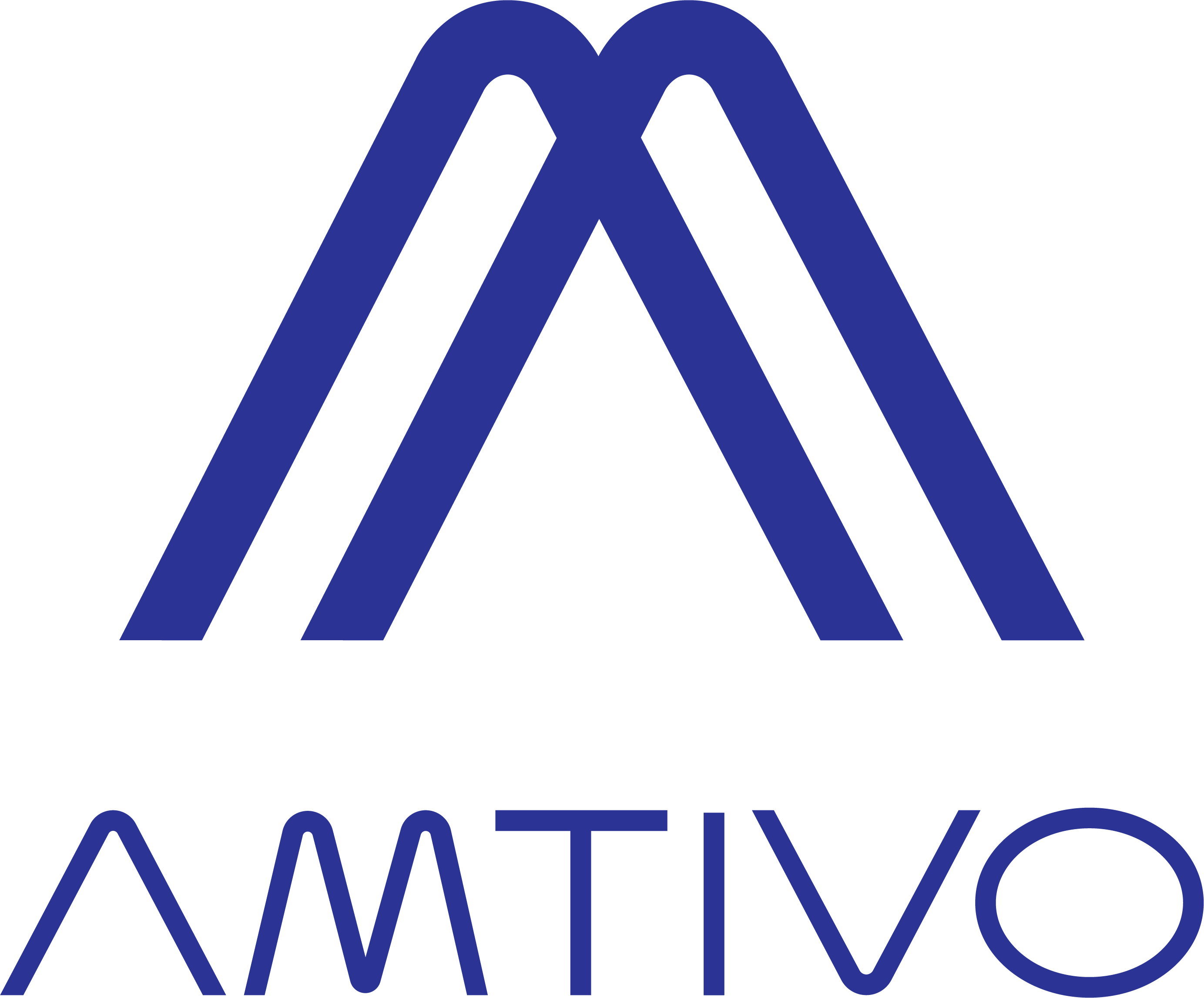Quality management is more important than ever for businesses of all types. By implementing quality management practices, you can be sure that your products and services meet your company’s standards and are safe for customers to use. Quality management can help prevent errors, and ensure that your products or services are suitable for customer use.
Quality management helps your business in many ways, such as:
- Maintain customer satisfaction – Product quality is essential to customer satisfaction. Achieving and maintaining a high-quality standard can boost customer loyalty, potentially increasing future sales with repeat purchases. If you fail to deliver the expected quality, dissatisfied customers may look instead to your competitors.
- Comply with legislation – Meeting recognised quality standards might be necessary for your business to comply with legislation. For example, if your company sells children’s toys, you must comply with product safety standards to meet legislation.
- Control costs – Poor quality management can increase costs as you might need to discard defective products and pay for returns and replacements. You may incur legal costs for not complying with legislation. Similarly, if your business offers a poor quality service, you may end up costing yourself time and money to have to repeat the service.
- Build a positive reputation – Producing and maintaining quality can help boost your organisation’s reputation, helping to attract new customers and businesses who want to work with you.
Two critical aspects of achieving and maintaining quality are quality assurance (QA) and quality control (QC).
What is quality assurance?
Quality assurance is a proactive approach to ensuring procedures are in place to prevent issues from occurring before they occur. It relates to the sum of all activities and processes within your plan that ensures the product or service meets the set quality standards.
Quality assurance is not limited to the manufacturing industry; it is relevant in most industries, from software development and pharmaceuticals to construction and food production. In construction, for example, quality assurance could involve approving construction drawings and selecting suitable materials and equipment.

What is quality control?
Quality control is more of a reactive approach to ensuring that products and processes are achieved within specification limits. Quality control often happens at the end of production, but it can take place at any stage, such as with the inspection of raw materials at the beginning of the process. Or with the delivery of a service, quality control could be in the form of a review of the service or training in place to help ensure the service being offered reaches necessary standards. This process is important because it helps businesses to identify and correct any problems with their products or services before they reach the customer.
Like quality assurance, quality control occurs in most industries. In the food production industry, quality control could involve specifying and examining ingredients, and checking that packaging and labelling standards are met.
Quality assurance and quality control link directly into a company’s Quality Management System (QMS). Amtivo specialises in assessing QMS’ to ISO 9001, the international standard for quality management. Read our guide to the eight principles of ISO 9001.
Quality assurance versus quality control – what are the key differences?
While often referred to as the same process, there are several key differences between quality assurance and quality control.
Proactive vs reactive
Quality assurance is proactive. It aims to prevent issues before they affect a product by focusing on the process used to make that product.
Quality control is reactive. It looks for errors and defects in a product after it has been made. If there are product defects, you can take steps to stop the faulty product from being sent to customers.
Narrow process vs broad process
Quality assurance is an ongoing process that happens throughout the entire creation of a product.
Quality control, on the other hand, only occurs at specific moments during production – typically at the end – to check if the product meets quality standards. Quality control is a more consistent process with set procedures, while quality assurance tends to be more innovative, always adapting as new ideas are brought in to improve operations.
Team Involvement
A key difference between quality assurance and quality control is those involved with each process. In quality assurance, every team member in a product’s development is involved, from employees setting quality standards to staff members following them. When employees follow the set standard of work or report possible improvements to processes, they participate in quality assurance.
Quality control typically involves a designated team within a business which is responsible for inspecting products and identifying any problems. Quality control teams often document and report findings, which then trigger the appropriate response.
Processes vs products
Quality assurance activities are process-oriented and look at how processes can be optimised to prevent defects. Such activities include:
- audits
- employee training
- documentation
- form checklists
- supply chain management
- develop planning
Quality control activities are product-focussed and include:
- product inspection
- batch sampling
- software testing
- delivering reviews
- laboratory testing
- procedure validation
Read our guide to find out more about quality management.

How quality assurance and quality control work together in a QMS
Incorporating quality assurance and quality control in your quality management can be essential for your business and its long-term success. Together, quality assurance and quality control ensure and maintain the quality of your products and services, a vital benchmark for retaining customers and standing apart from your competitors.
Quality assurance and quality control are both integral parts of any quality management system for a business. Quality assurance helps to identify areas of improvement for the manufacturing or production process, while quality control helps monitor products and their standards. By incorporating quality assurance and quality control procedures into your business’s quality management, you can save time and money by avoiding potential issues further down the line.
ISO 9001 is the world’s leading standard for quality management systems that include both quality assurance and quality control. It provides organisations with the framework for implementing a quality management system.
ISO 9001 can help businesses:
- reduce waste and costs
- insert improvement practices
- increase competitiveness
- increase customer satisfaction and repeat customers
- improve processes such as planning and communication.
Read our guide to find out more about how ISO 9001 can help your business maintain quality standards.



